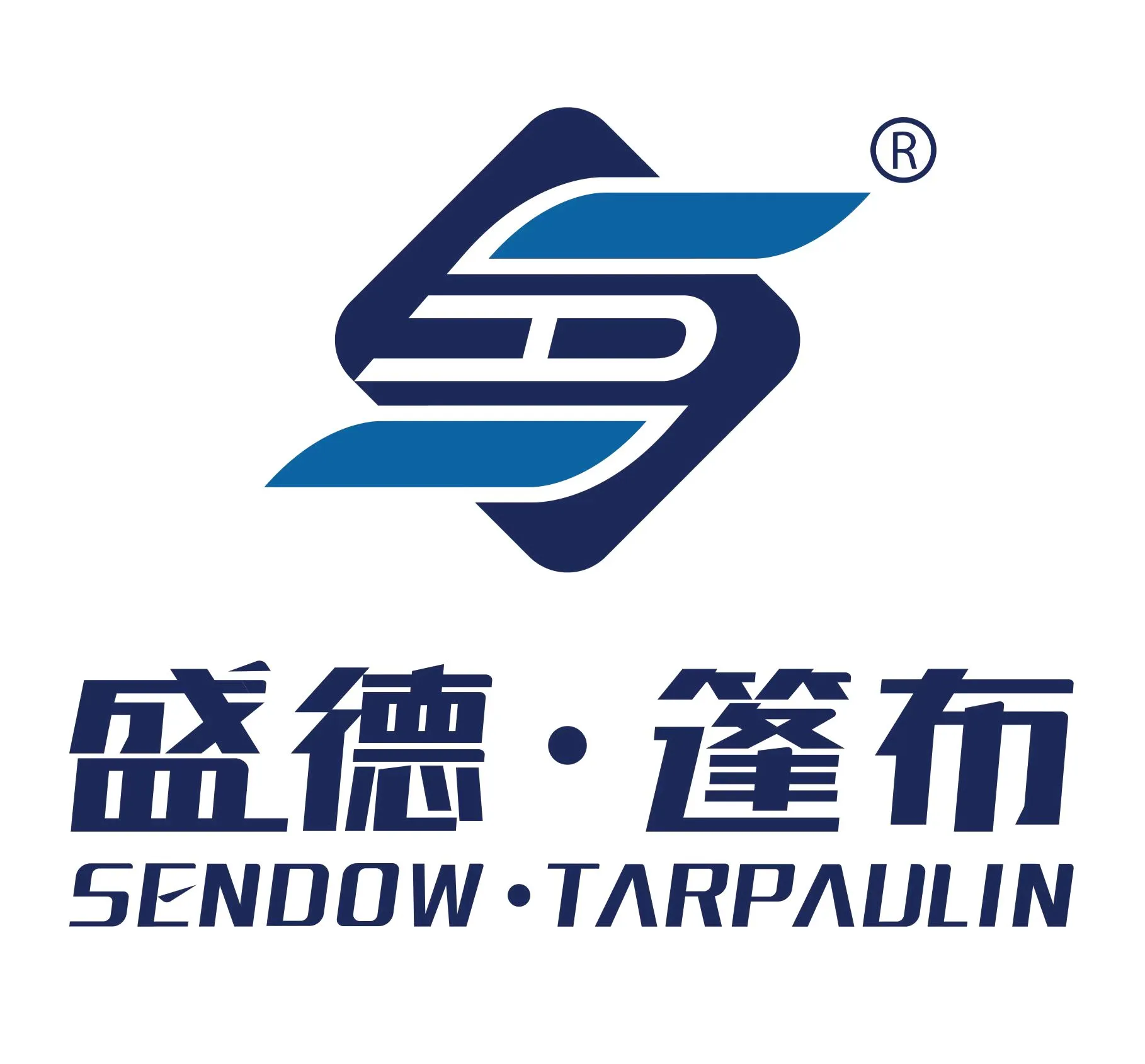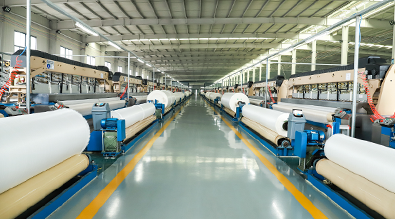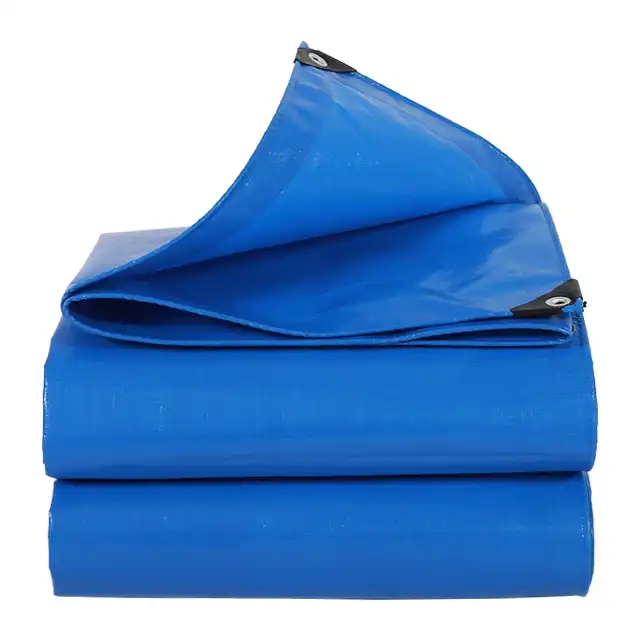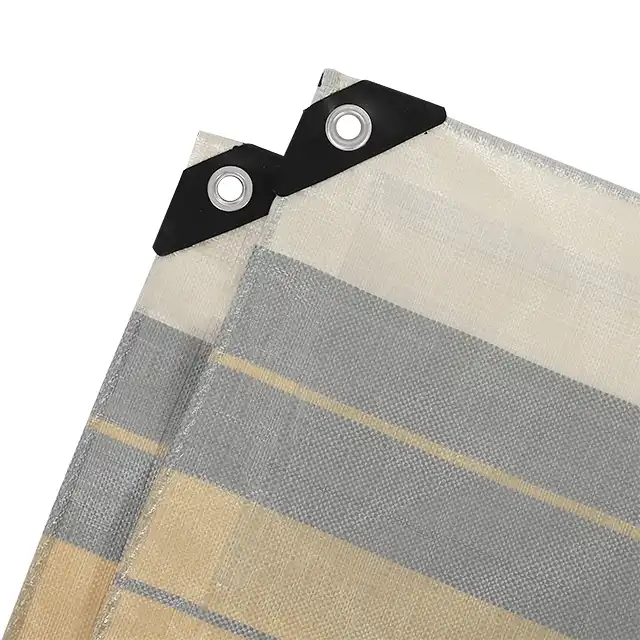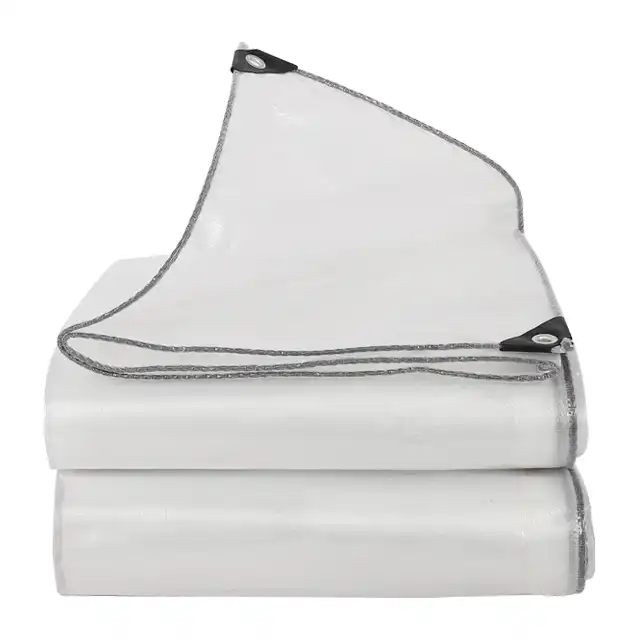Is PE Tarpaulin UV Resistant?
In the world of protective coverings, PE tarpaulins have emerged as a versatile solution for numerous applications, raising critical questions about their durability and performance under environmental challenges. The key inquiry that often puzzles professionals and consumers alike is whether PE tarpaulin can effectively resist ultraviolet (UV) radiation. Understanding the UV resistance of PE tarpaulins is crucial for industries ranging from agriculture and construction to logistics and outdoor equipment manufacturing, as prolonged sun exposure can significantly impact material integrity and longevity.
Understanding UV Resistance in PE Tarpaulin
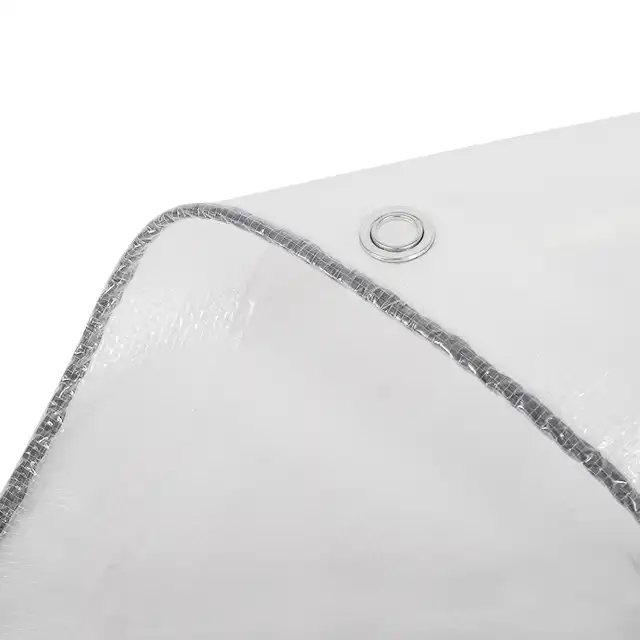
The Science Behind UV Degradation
PE tarpaulins, composed of high-density polyethylene (HDPE) woven fabric with low-density polyethylene (LDPE) coating, inherently possess limited natural resistance to ultraviolet radiation. When exposed to sunlight, polymer chains in the material can undergo photodegradation, a process where UV rays break down molecular bonds, leading to material weakening, color fading, and structural compromise. The molecular structure of polyethylene makes it particularly vulnerable to UV-induced oxidation, which can cause brittleness, reduced tensile strength, and accelerated material deterioration. Manufacturers like Linyi Shengde Plastic Co., Ltd have developed sophisticated strategies to enhance UV resistance. Their advanced production techniques incorporate UV stabilizers and specialized treatments that can increase the material's resistance from 1% to 7%, significantly extending the tarpaulin's functional lifespan. These treatments typically involve adding carbon black pigments or specialized UV-absorbing additives during the manufacturing process, which act as molecular shields against harmful radiation.
Manufacturing Techniques for Enhanced UV Protection
The UV resistance of PE tarpaulins is not a static characteristic but a dynamic property that can be engineered through meticulous manufacturing processes. Modern production lines, such as those at Shengde, employ advanced coating technologies and material science innovations to improve UV resistance. Their production facilities, equipped with 5 coating machines (including a 4.4m coating machine) and over 200 water-jet looms, enable precise application of UV-protective layers.
Key enhancement techniques include:
- Incorporating specialized UV stabilizers during the polymer extrusion process
- Applying multiple protective coating layers
- Using advanced pigmentation techniques
- Implementing cross-linking molecular modifications
Performance Characteristics and UV Resistance Metrics
Professional-grade PE tarpaulins demonstrate remarkable adaptability in challenging environmental conditions. With UV treatment ranges between 1% and 7%, these materials can withstand significant solar radiation exposure while maintaining structural integrity. Shengde's tarpaulins, ranging from 65 gsm to 280 gsm and featuring thicknesses between 0.1mm to 0.2mm, offer diverse options for different UV protection requirements.
Performance metrics typically evaluated include:
- Tensile strength retention after UV exposure
- Color stability
- Material flexibility maintenance
- Degradation rate under accelerated weathering tests
Performance is influenced by factors such as:
- Polymer grade
- Coating quality
- Thickness
- Manufacturing additives
- Environmental conditions
Practical Applications of UV-Resistant PE Tarpaulins
Agricultural and Horticultural Implementation
Agricultural sectors extensively utilize PE tarpaulins for greenhouse coverings, crop protection, and irrigation systems. The UV-resistant properties become paramount in maintaining optimal growing environments. Shengde's tarpaulins, with their specialized UV treatments, provide crucial protection for delicate crops, preventing excessive solar radiation while maintaining necessary light transmission.
Key agricultural applications include:
- Greenhouse fabric protection
- Crop shading solutions
- Irrigation canal coverings
- Soil moisture retention barriers
Farmers benefit from tarpaulins that can withstand prolonged sun exposure without significant material degradation, ensuring consistent crop protection and reduced replacement frequency. The ability to customize UV resistance levels allows for tailored solutions across different agricultural microclimates.
Construction and Industrial Applications
In construction and industrial sectors, UV-resistant PE tarpaulins serve critical protective functions. These materials shield equipment, materials, and work sites from solar radiation while preventing environmental contamination. Shengde's tarpaulins, available in various colors and sizes, offer versatile solutions for scaffolding covers, temporary shelters, and equipment protection.
Significant industrial applications encompass:
- Construction site material coverage
- Equipment protection
- Temporary shelter creation
- Cargo transportation covers
The UV resistance ensures that these tarpaulins maintain structural integrity under intense solar exposure, reducing maintenance costs and extending equipment lifecycle.
Outdoor Recreation and Leisure Applications
Recreational sectors leverage UV-resistant PE tarpaulins for diverse applications, from camping equipment to outdoor event solutions. The material's lightweight nature, combined with enhanced UV protection, makes it ideal for picnic pads, leisure tents, and sun shade covers. Shengde's product range, featuring arctic flexibility and anti-freezing properties, caters to varied recreational needs.
Notable recreational uses include:
- Camping and outdoor event shelters
- Beach and picnic ground coverings
- Portable shade solutions
- Recreational vehicle protection
Environmental Impact and Sustainability of PE Tarpaulin
Eco-Friendly Manufacturing Processes
PE tarpaulin production has evolved significantly in recent years, with manufacturers like Linyi Shengde Plastic Co., Ltd prioritizing environmental sustainability. The manufacturing of PE tarpaulin now incorporates advanced ecological considerations, focusing on reducing carbon footprint and minimizing waste generation. Modern production techniques emphasize the use of recyclable materials and energy-efficient processes. The company's extensive facilities, including 15 wire drawing lines and over 200 water-jet looms, have been optimized to reduce environmental impact while maintaining high-quality PE tarpaulin production standards.
Recycling and Material Lifecycle Management
The lifecycle of PE tarpaulin presents both challenges and opportunities for environmental conservation. Innovative recycling technologies have emerged to address the material's potential environmental concerns. Shengde's approach to material management involves developing PE tarpaulin products with extended usability and recyclability. The company's research and development team has been working on creating tarpaulin solutions that can be more easily repurposed or recycled, reducing waste and promoting circular economy principles. Their expertise in material science allows for the development of PE tarpaulin products that maintain structural integrity while supporting sustainable practices.
Future Innovations in Sustainable Tarpaulin Technology
Emerging technologies are revolutionizing the PE tarpaulin industry, with a strong focus on environmental sustainability and performance optimization. Researchers and manufacturers are exploring advanced material compositions that reduce environmental impact while enhancing product durability. Linyi Shengde Plastic Co., Ltd is at the forefront of these innovations, investing in research that explores biodegradable additives, improved recycling methods, and more eco-friendly production techniques. The future of PE tarpaulin technology promises more sustainable solutions that balance performance requirements with environmental responsibility, potentially incorporating bio-based materials and advanced recycling technologies.
Conclusion
PE tarpaulins represent a sophisticated solution in UV protection, offering remarkable adaptability across diverse applications. Through advanced manufacturing techniques and continuous material science innovations, these versatile coverings provide reliable protection against solar radiation while maintaining exceptional durability and performance. Interested in exploring customized UV-resistant PE tarpaulin solutions? Contact Linyi Shengde Plastic Co., Ltd directly at info@shengdetarp.com and discover how our cutting-edge technologies can meet your specific requirements.
References
1. Thompson, R. et al. "Polymer Degradation Mechanisms in Solar Radiation Exposure." Journal of Materials Science, vol. 45, no. 3, 2020.
2. Chen, L. "Advanced UV Stabilization Techniques in Polyethylene Materials." International Polymer Engineering Review, vol. 38, no. 2, 2019.
3. Rodriguez, M. "Environmental Performance of Industrial Tarpaulin Materials." Environmental Materials Research, vol. 22, no. 4, 2021.
4. Wang, S. "UV Resistance in Agricultural Protective Coverings." Agricultural Materials Technology, vol. 33, no. 1, 2018.
5. Kumar, P. "Innovations in UV Protection for Synthetic Fabrics." Materials Science Quarterly, vol. 29, no. 3, 2022.
6. Santos, J. "Long-Term Performance of UV-Treated Polyethylene Composites." Composite Materials Research Journal, vol. 41, no. 2, 2020.
